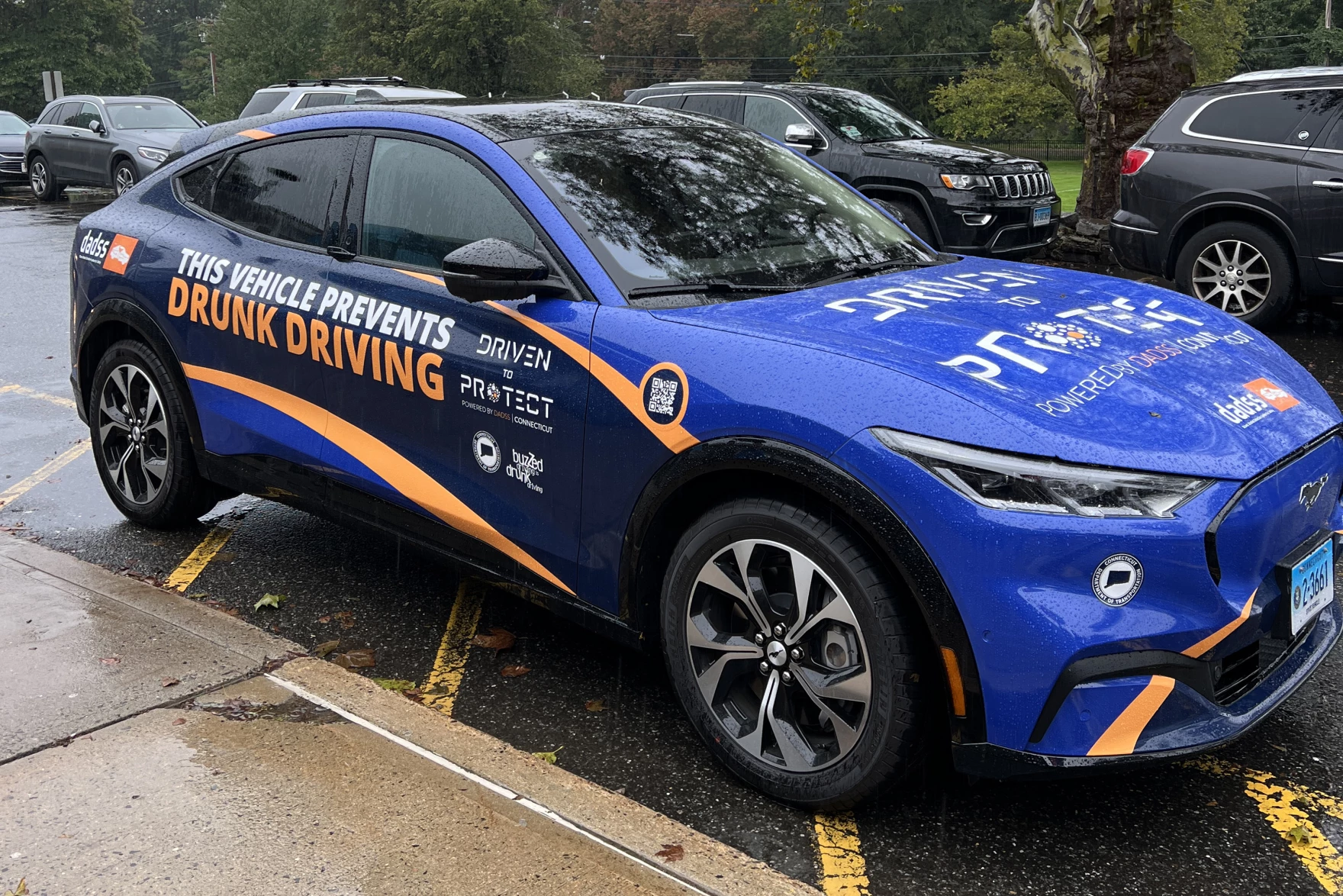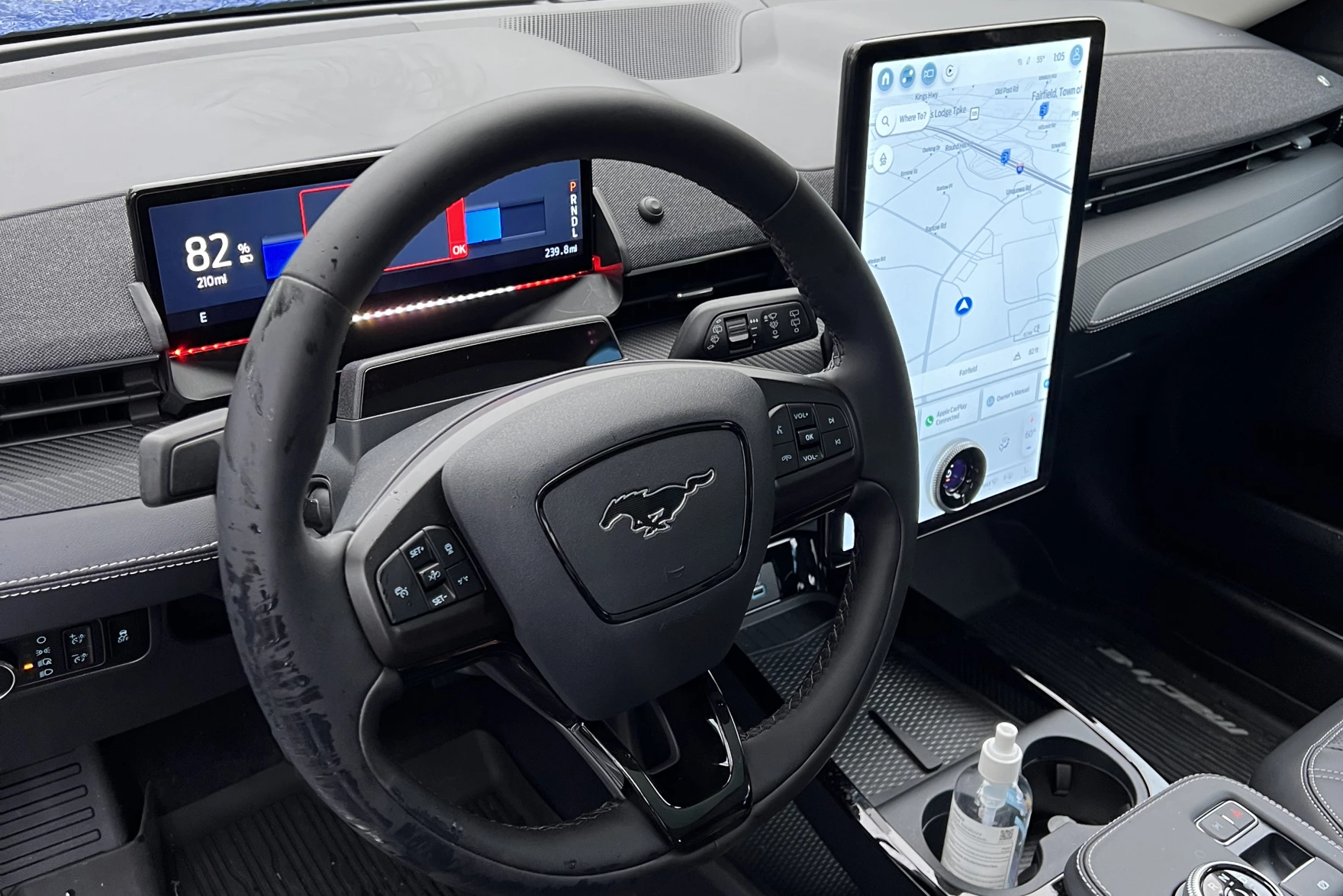The DADSS Program recently celebrated the launch of Driven to Protect |Connecticut – a partnership with the Connecticut Department of Transportation which seeks to end drunk driving by advancing alcohol detection technology.

Driven to Protect | Connecticut was launched at Fairfield Ludlowe High School in Fairfield, CT – the site of a tragic drunk driving crash the previous year where a student was killed by a drunk driver who was also a student at the school.
Local media, elected officials, program managers and close to 100 high school students attended the announcement and enjoyed a first-hand look at the technology through demonstration vehicles on site.
Below are a few press stories from the announcement, including this positive endorsement of the partnership from the Hearst Connecticut Media Editorial Board: “The promise is nothing less than the end of one of our greatest scourges. Impaired drivers kill thousands of people on the road each year, and the danger to other motorists can arise any time, at any place. The chance to virtually eliminate that danger is something that must be pursued.”
- CT DOT tests new device that turns a steering wheel into a breathalyzer (CT Public Radio)
- Connecticut DOT gets vehicles that prevent drunk driving (News 12)
- We must embrace ways to end drunken driving (Milford Mirror)
- Connecticut to install drunk driving sensors in DOT vehicles (StateScoop)
- CT DOT pilots alcohol-detection technology that may be required in new cars (NBC Connecticut)
- Connecticut Department of Transportation Launches Initiative to Advance Innovative Alcohol Detection Technology to End Drunk Driving (CT DOT Press Release)
Powered by a public-private partnership between the Automotive Coalition for Traffic Safety (ACTS) and the National Highway Traffic Safety Administration (NHTSA), the Driven to Protect Initiative offers states the opportunity to test the DADSS alcohol-detection technology on their roads, bringing it closer to widespread deployment and encouraging consumers to consider advanced sensor technology as a solution to this deadly problem. These state collaborations have helped advance the technology from an early prototype to one intended for widespread use in vehicles of the future.

As part of the Initiative, the Connecticut Department of Transportation Commissioner Garrett Eucalitto, will “drive the drive” as his vehicle has been fitted with the prototype DADSS technology. The CTDOT Highway Safety Office also has a vehicle with the prototype DADSS technology. Additionally, four of the CTDOT pickup trucks will have this technology installed in the future. Having these six vehicles is helping to generate real-world operational data that will improve the alcohol sensors. The vehicles will also be at schools, community events, fairs, sporting events, and more around the state, giving Connecticut residents and students a first-hand look at how the sensors work.
For more information about Driven to Protect Connecticut, visit https://dadss.org/driven-to-protect/connecticut/

